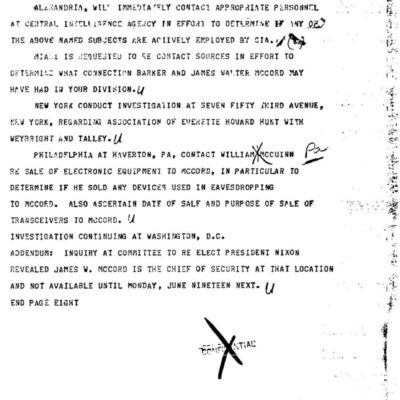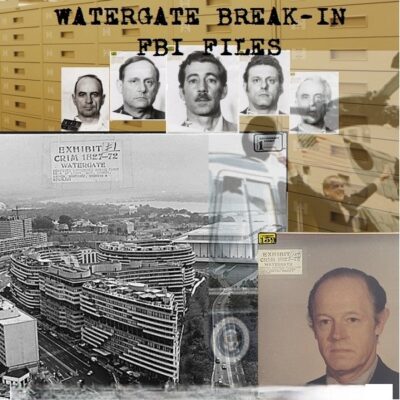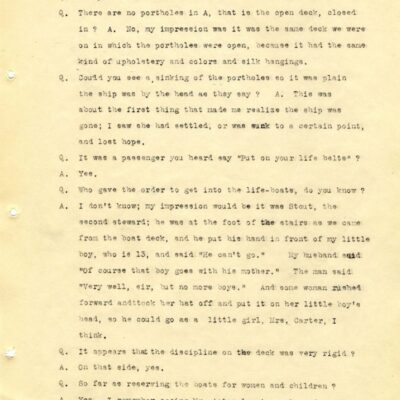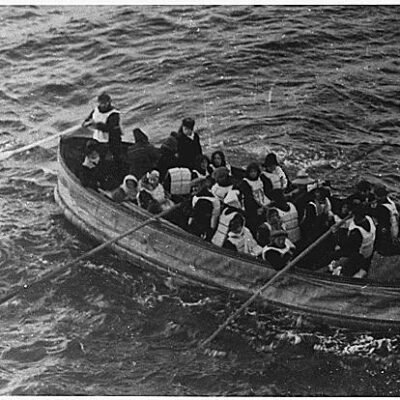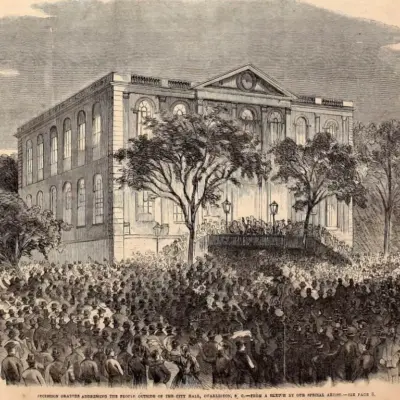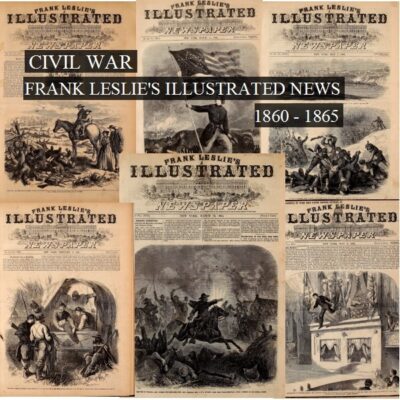“African American Slave Testimonies and Photographs” has been added to your cart. View cart
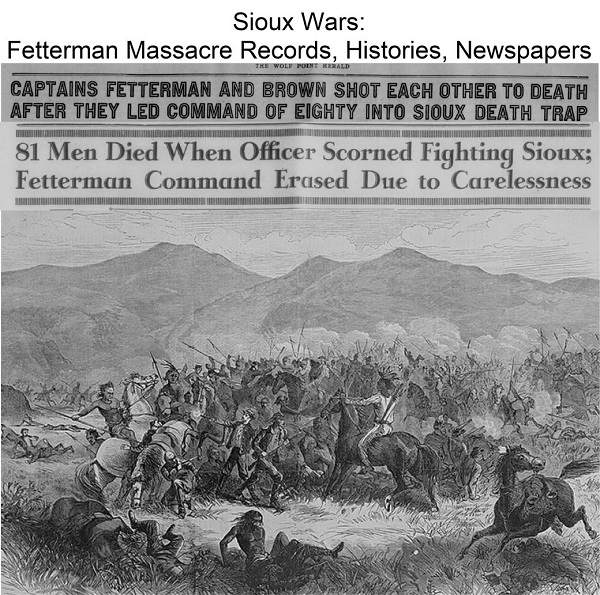
Sioux Wars: Fetterman Massacre – Records & Histories
$19.50
Category: Historical Files
Tag: American Indians
Description
Fetterman Massacre: Timeline and Characters of Red Cloud’s War
Pre-1851:
- Native American tribes, notably the Lakota Sioux, Cheyenne, and Arapaho, maintain hegemony in the Northern Plains region.
1851:
- 1851 Treaty of Fort Laramie: A treaty is signed between the U.S. government and various Native American tribes, attempting to define territories and facilitate peaceful relations. (However, the “Red Cloud’s War” thesis notes this treaty eventually led to problems.)
July 24, 1866:
- Initial records related to the Fetterman Massacre investigation begin. (Miscellaneous Unbound Records from the special commission).
1866 (General):
- The U.S. government renews efforts to expand westward following the Civil War, encountering Native American resistance on the Northern Plains.
- Fort Phil Kearny is established in Wyoming (then Dakota Territory).
- Lt. George Washington Grummond and his wife, Frances C. Carrington, travel to Fort Phil Kearny.
- Red Cloud emerges as a significant Native American leader, coordinating actions to maintain tribal hegemony.
December 21, 1866:
- Fetterman Massacre (also known as Fetterman Fight, Battle of the Hundred-in-the-Hands, or Battle of a Hundred Slain):A wood train from Fort Phil Kearny is attacked by a small band of Sioux.
- Captain William J. Fetterman is dispatched from Fort Phil Kearny with a detachment of 81 U.S. Army soldiers to relieve the wood train and pursue the attackers.
- Fetterman’s detachment is ambushed by approximately 1,000 Lakota, Cheyenne, and Arapaho warriors.
- The entire command of 81 U.S. Army soldiers is killed, marking the worst military defeat for the US Army in action with American Indians on the Great Plains until the Battle of the Little Bighorn.
- Lt. George Washington Grummond is killed in the massacre.
- Newspapers begin to cover the Fetterman Massacre on this day.
February 18, 1867:
- President Andrew Johnson appoints a special commission of military officers and civilians to investigate the circumstances of the Fetterman Massacre and determine steps to avoid a full-scale war with the Sioux.
March 4, 1867:
- The special commission meets and begins taking testimony regarding the Fetterman Massacre. (Minutes of Meetings of the Special Commission, Mar. 4-June 12, 1867).
Early May 1867:
- The special commission moves westward, visiting Fort McPherson and Fort Sedgwick, before arriving at Fort Laramie.
- At Fort Laramie, the commission separates into three sections:
- One group visits the Upper Missouri area to assess Indian disposition.
- Judge J.F. Kinney goes to Fort Phil Kearny to consult with Crow Indians and gather more details about the massacre.
- The third group remains at Fort Laramie to confer with Sioux bands.
May 10 – June 4, 1867:
- Proceedings of Commissioner J.F. Kinney take place.
May 21 – July 31, 1867:
- Proceedings of Commissioners Alfred Sully and Ely S. Parker take place.
June 14, 1867:
- Miscellaneous Unbound Records related to the investigation conclude.
September 6, 1867:
- Report by Commissioners Alfred Sully and Ely S. Parker is submitted.
October 7, 1867:
- Report by Commissioner J.F. Kinney is submitted.
1866-1868:
- Red Cloud’s War: Red Cloud successfully orchestrates a campaign to close the Bozeman Trail, demonstrating effective operational art and achieving a substantive strategic victory for Native Americans against Westward Expansion.
1868:
- Fort Laramie Treaty of 1868: Red Cloud’s War concludes with the signing of this treaty, where the U.S. government acquiesces to Native American demands regarding the Bozeman Trail and unceded Indian territory.
- Frances C. Carrington, after the death of Col. Henry B. Carrington’s first wife, marries him.
1869:
- Absaraka, Home of the Crows by Margaret Irvin Carrington is published.
May 27-29, 1872:
- Councils are held with Red Cloud’s Band of Oglala Sioux by the Office of the Secretary of the Interior.
1876:
- Sitting Bull rises to direct efforts against new encroachments into the unceded Indian territory outlined in the 1868 treaty.
- Sitting Bull achieves tactical victories, culminating in the Battle of the Little Bighorn.
Mid-1877:
- The U.S. Army defeats Lakota resistance on the Northern Plains, marking the end of the Great Sioux War.
1910:
- My Army Life and the Fort Phil Kearney Massacre with an Account of the Celebration of Wyoming Opened by Frances C. Carrington is published.
1941 (August 16):
- The latest newspaper content related to the Fetterman Massacre included in the collection is published.
Cast of Characters
U.S. Military Personnel:
- Captain William J. Fetterman: U.S. Army officer based out of Fort Phil Kearny. He commanded the detachment of 81 men that was ambushed and killed in the Fetterman Massacre on December 21, 1866.
- Colonel Henry B. Carrington: Commander of Fort Phil Kearny at the time of the Fetterman Massacre. He later married Frances C. Carrington. His first wife, Margaret Irvin Carrington, wrote Absaraka, Home of the Crows.
- Lieutenant George Washington Grummond: U.S. Army officer who traveled to Fort Phil Kearny in 1866. He was killed in the Fetterman Massacre. He was Frances C. Carrington’s first husband.
- Colonel H.B. Carrington: (Likely the same as Henry B. Carrington) Provided testimony to the special commission investigating the Fetterman Massacre.
- Alfred Sully: One of the Commissioners appointed by President Andrew Johnson to investigate the Fetterman Massacre. He participated in proceedings and co-authored a report.
U.S. Government Officials and Civilians:
- President Andrew Johnson: Appointed the special commission on February 18, 1867, to investigate the Fetterman Massacre.
- Judge J.F. Kinney: One of the Commissioners appointed by President Andrew Johnson to investigate the Fetterman Massacre. He specifically visited Fort Phil Kearny to gather details and consult with Crow Indians, and later submitted a report.
- Ely S. Parker: One of the Commissioners appointed by President Andrew Johnson to investigate the Fetterman Massacre. He participated in proceedings and co-authored a report.
Native American Leaders:
- Red Cloud: A prominent leader of the Oglala Lakota Sioux. He successfully orchestrated the campaign (Red Cloud’s War, 1866-1868) to close the Bozeman Trail, achieving a significant operational and strategic victory against U.S. expansion. Councils were held with his band in 1872.
- Sitting Bull: A Lakota leader who rose to prominence after Red Cloud’s War, leading resistance against further U.S. encroachment in the 1870s. He achieved tactical victories, including the Battle of the Little Bighorn, but ultimately failed to link these to broader strategic objectives.
Authors/Historians:
- Frances C. Carrington: Wife of Lt. George Washington Grummond and later Col. Henry B. Carrington. She authored My Army Life and the Fort Phil Kearney Massacre with an Account of the Celebration of Wyoming Opened (1910), providing a personal account of army life and her views on the massacre.
- Margaret Irvin Carrington: First wife of Fort Phil Kearny’s commander, Col. Henry B. Carrington. She authored Absaraka, Home of the Crows (1869).
- Lieutenant Colonel Michael G. Miller: Author of Red Cloud’s War: An Insurgency Case Study for Modern Times (2011), an analysis of the Fetterman Massacre and its relevance to modern counterinsurgency.
- Grant A. Brown: Author of the master’s thesis Red Cloud’s War: A Failure to Effectively Coordinate the Instruments of National Power (2016), examining the U.S. government’s use of power during Red Cloud’s War.
- Major Daniel J. Tabacchi: Author of the master’s thesis Hoka Hey! The Unattainable End State and the Limits of Operational Art (2019), analyzing Red Cloud’s War and Sitting Bull’s efforts through the lens of operational art.
- Milo Milton Quaife: Editor of the 1950 edition of Margaret Irvin Carrington’s Absaraka, Home of the Crows.










